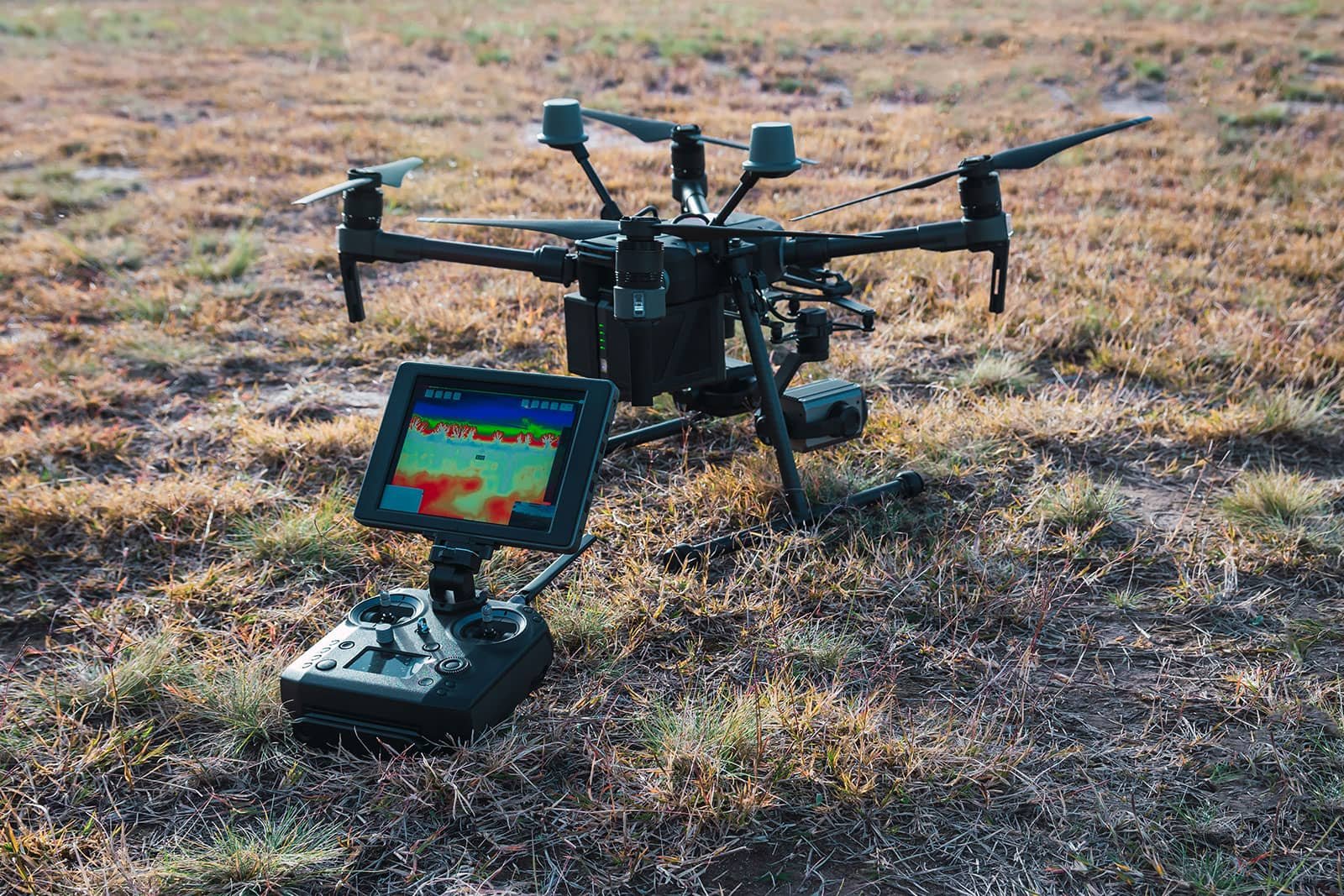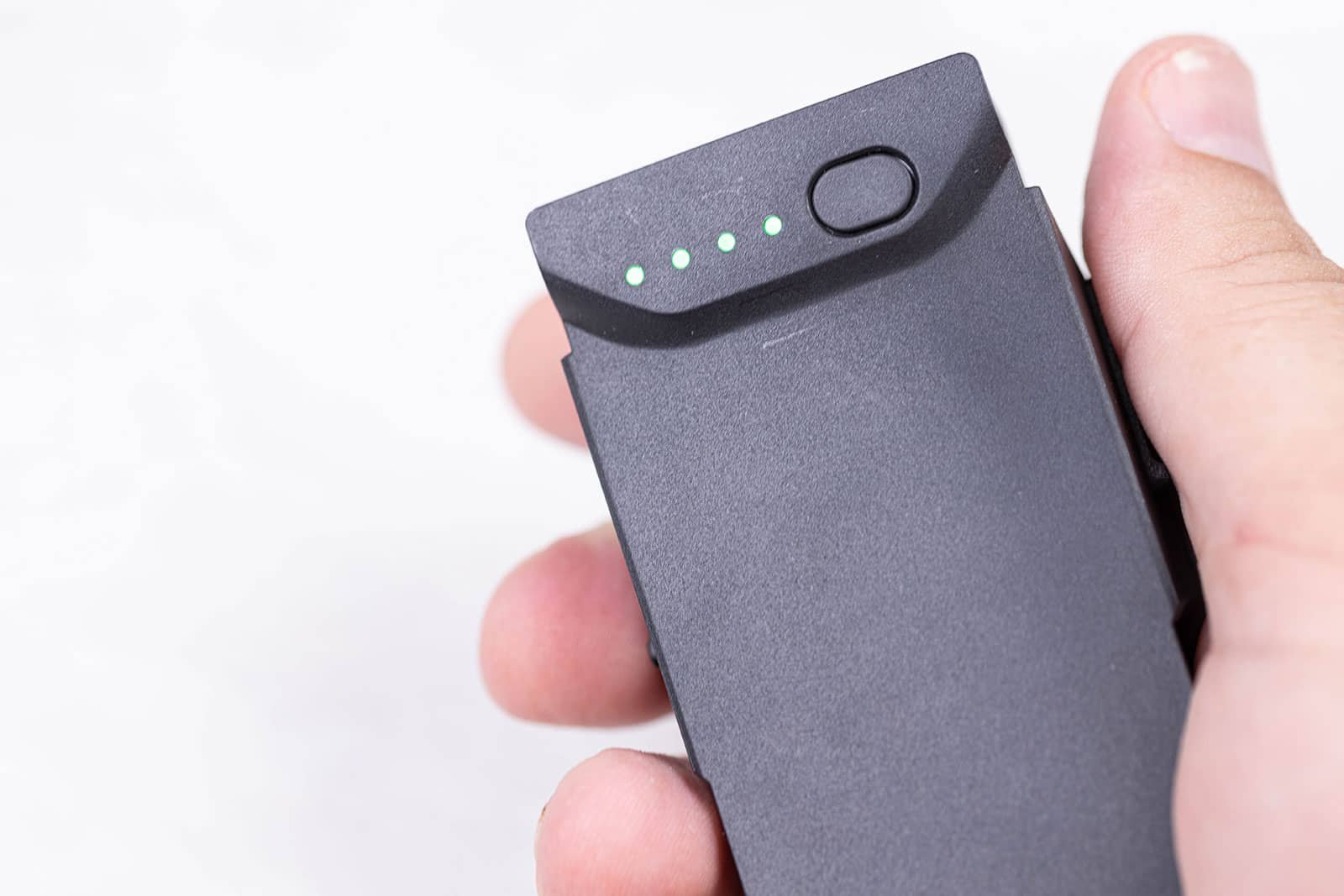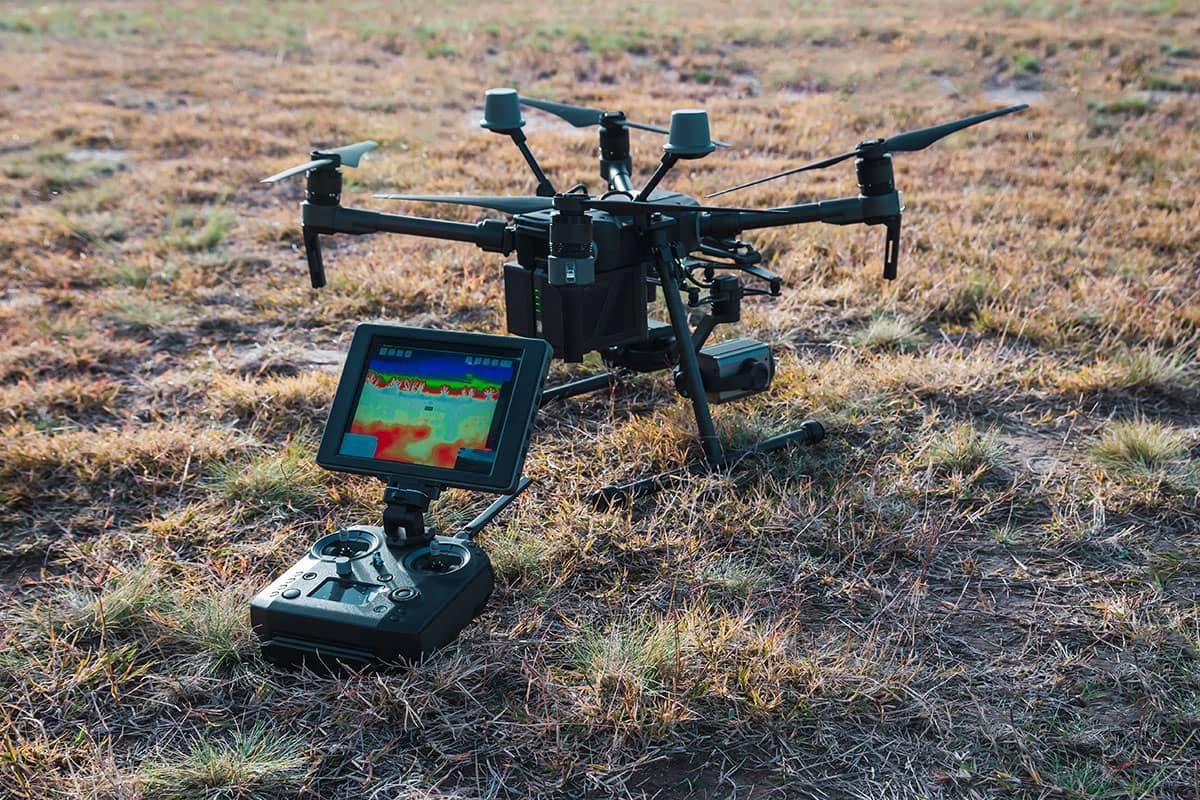
The uses of drones for agriculture continue to grow and are rapidly becoming an important tool in the agricultural industry. Drones have numerous practical applications in agriculture and can also be used to deliver goods to farmers’ fields or to collect data on crop yields and soil health.
Drones have become an important tool for agriculture because they can provide valuable data about crops and soil. They can also be used to survey land, map crops, and monitor pests and diseases. Drones are also useful for mapping and assessing changes in land use.
Main Uses of Drones for Agriculture
PNDStore is reader-supported. When you buy through links on our site, we may earn an affiliate commission. Learn more
Drones have a variety of uses in agriculture. They can be used to monitor crops, improve crop yields, and help farmers identify diseased plants. Drones can also be used to help farmers identify pests and monitor pest infestations. They can also be used for aerial mapping, crop monitoring, and other tasks that are too dangerous or difficult for humans. Drones are also used in agriculture to help with animal husbandry and control and monitoring of livestock. Drones can also be used for aerial photography and videography.
1. Drones for seed planting
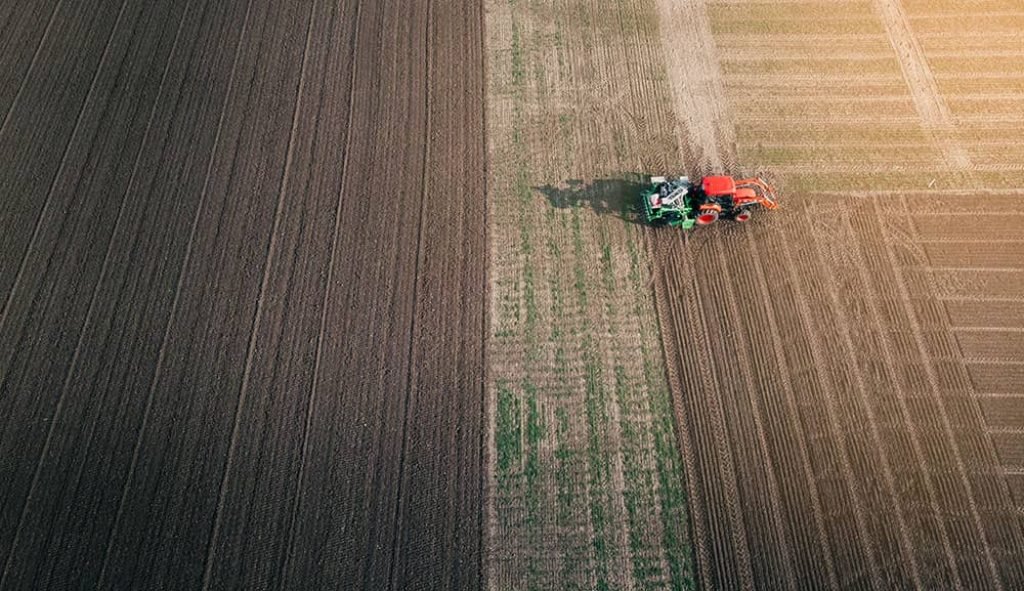
Drones have been used by farmers for a number of purposes over the years, but one of the most common is seed planting. Drones can help farmers plant crops more accurately and quickly, which can save them time and money. They also help reduce environmental impact, as drones can be used to scout for land that may be suitable for planting.
The uses of drones for agriculture include a variety of tasks such as mapping, seeding, and spraying. They have many advantages over traditional methods including improved accuracy and speed. Drones can also help reduce labor costs and help farmers get a better understanding of their crops in order to improve yields.
Drones are an excellent tool for modern farmers. They allow farmers to see and monitor their crops from the sky, which allows them to make adjustments to their farming practices. Drones also allow farmers to monitor and manage their crops from a distance, which is a huge benefit for the modern farmer. Drones can also help farmers with tasks such as spraying pesticides, fertilizing crops, and monitoring the growth of crops. Drones have a huge potential for agricultural use.
2. Drones for field and soil analysis

Field and soil analysis can be an important part of determining the feasibility of proposed land use. The analysis can help to identify any potential environmental problems, such as contamination of groundwater, and can also help to determine the best type of agricultural production for the area.
Drones have many uses for various industries. One of the most interesting uses of drones for agriculture is for field and soil analysis. This particular use of drones is extremely useful for farmers who need to analyze the soil and water quality of the land. But this is not the only use for drones in the farming community. Drones have also been used by farmers to watch crops and detect pests.
This is one of the uses of drones for agriculture to help survey crops and take soil samples for farmers. Drones have also been used to survey livestock and to take soil samples for farmers. Drones have also been used to survey livestock and to take soil samples for farmers. Drones have also been used to monitor crops and detect pests.
Drones have been used in Field and soil analysis for many years now. They are able to collect a great deal of information about the soil and field that is otherwise difficult or impossible to get. This information can be used to improve the quality of the soil, help farmers make better decisions and find environmental problems.
3. Spot spraying and crop spraying using drones

Drones are becoming more popular and are being used for many different things. One of the most interesting uses of drones for agriculture is to spot spray crops. The main reason people want to use drones to spot spray crops is that it is a very precise way to spray pesticides. The drone basically flies over the plants and sprays the pesticides precisely where they need to be.
The main downside to using drones for spot spraying is that it is not as effective for large areas as it is for smaller areas. For large areas, it would be better to use a ground-based sprayer. However, for smaller areas, drones are great.
Drones have been used as a tool in crop spraying for quite some time now. Spot spraying is a type of spraying that is used to target specific areas of a field with a pesticide. Drones are able to fly very close to the ground, which allows them to spray the pesticide directly onto the plants. Drones can also be used for crop spraying in other applications, such as controlling pests and diseases.
There are many benefits to using drones in these applications, such as precision, speed, accuracy, and safety. Drones also allow farmers to spray crops where they would not be able to otherwise, saving time and money.
4. Drone use for crop mapping and surveying

The list of top uses of drones for agriculture continues with drone use for crop mapping and surveying which is an emerging technology that is being used by farmers and agricultural companies. The technology allows farmers to see their farms from the sky and identify any issues. It also allows the farmers to identify areas that need more attention and make adjustments to their crops.
It is not just used for crops, but for many other things such as assessing land for building sites and measuring trees for forestry. Drone use for crop mapping and surveying is growing in popularity and it is expected to continue to grow in the future.
Drone technology has made it possible for farmers to see their crops in a whole new way, and to make critical decisions about how to best manage them. Drones can help farmers identify problems early, and figure out the best ways to address them.
One of the main benefits is that drones can provide a high degree of accuracy when mapping crops, which can be useful for determining how well a particular crop is performing, as well as making adjustments to agricultural practices.
5. Irrigation managing and monitoring with drones
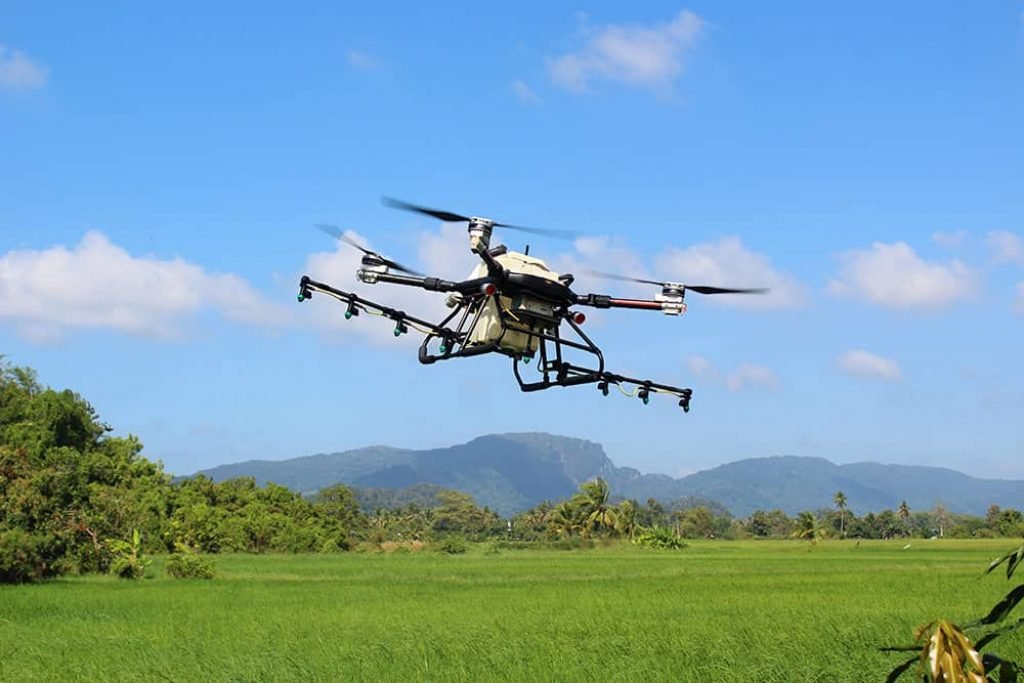
Drones are great for irrigation management and monitoring. They are also a great way to help prevent soil erosion and water pollution. Drones have been used to help monitor the health of crops, track water levels and collect data on irrigation. They can also help fight the spread of invasive plant species. Drones can also be used to help farmers fly over the farm, which is a much more efficient way to check the crop. This is a very useful tool for farmers who want to be more efficient with their time and money.
They can provide accurate and timely information on water use, which can help farmers make more informed decisions about how to allocate resources. Drones can also help monitor system conditions, such as water levels, precipitation, and flow rates. This information can help farmers optimize their irrigation systems and improve crop yields.
They are popular because they are fast, efficient, and allow for a high level of accuracy. Other uses of drones for agriculture are to help monitor the water levels in an irrigation system, as well as to map out the system’s layout. This information can then be used to make decisions about what areas to water and when.
6. Constant livestock monitoring
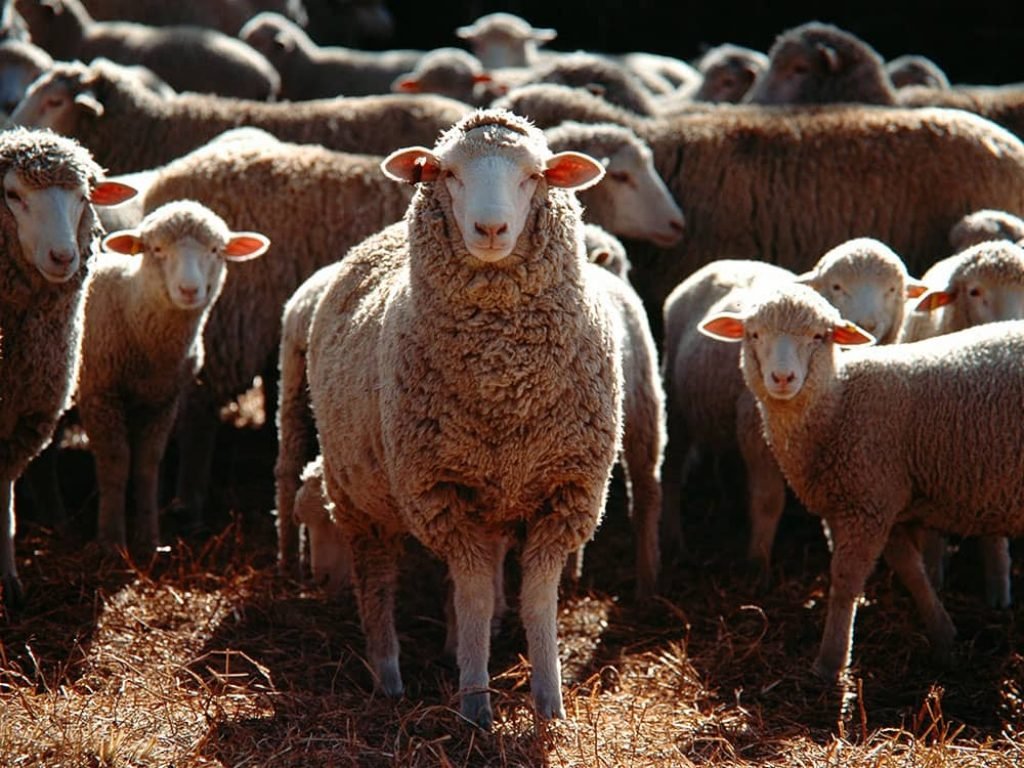
The use of drones for livestock monitoring is a growing trend in the livestock industry. Drones are a cost-effective way to monitor livestock to ensure that the animals are safe and sound. They can also be used for monitoring crops, property, and even power lines. Drones are a great tool for farmers to use to improve the quality of their lives and the success of their businesses.
One of the uses of drones for agriculture that is getting more and more popular is for livestock monitoring. They are becoming an affordable and reliable tool in the agriculture industry. There are a lot of benefits to using drones for livestock monitoring, such as being able to survey large areas quickly and easily, detecting disease early, and providing precise data about livestock populations.
The technology is versatile and can be used to monitor a variety of different types of livestock, including cattle, sheep, and pigs.
Advantages and disadvantages of using drones for agriculture
Drones have the potential to revolutionize agriculture and help farmers in developing countries gain a significant advantage over their competitors. In recent years, drones have become increasingly popular for agricultural purposes because they are able to conduct inspections more quickly and accurately than traditional methods such as walking or driving. Additionally, they are less expensive and easier to operate than traditional machines.
Drones are being increasingly used in agriculture for a variety of reasons. Drones are being used to improve agricultural production by providing accurate information about crop growth and other information that can help farmers make better decisions about their crops.




